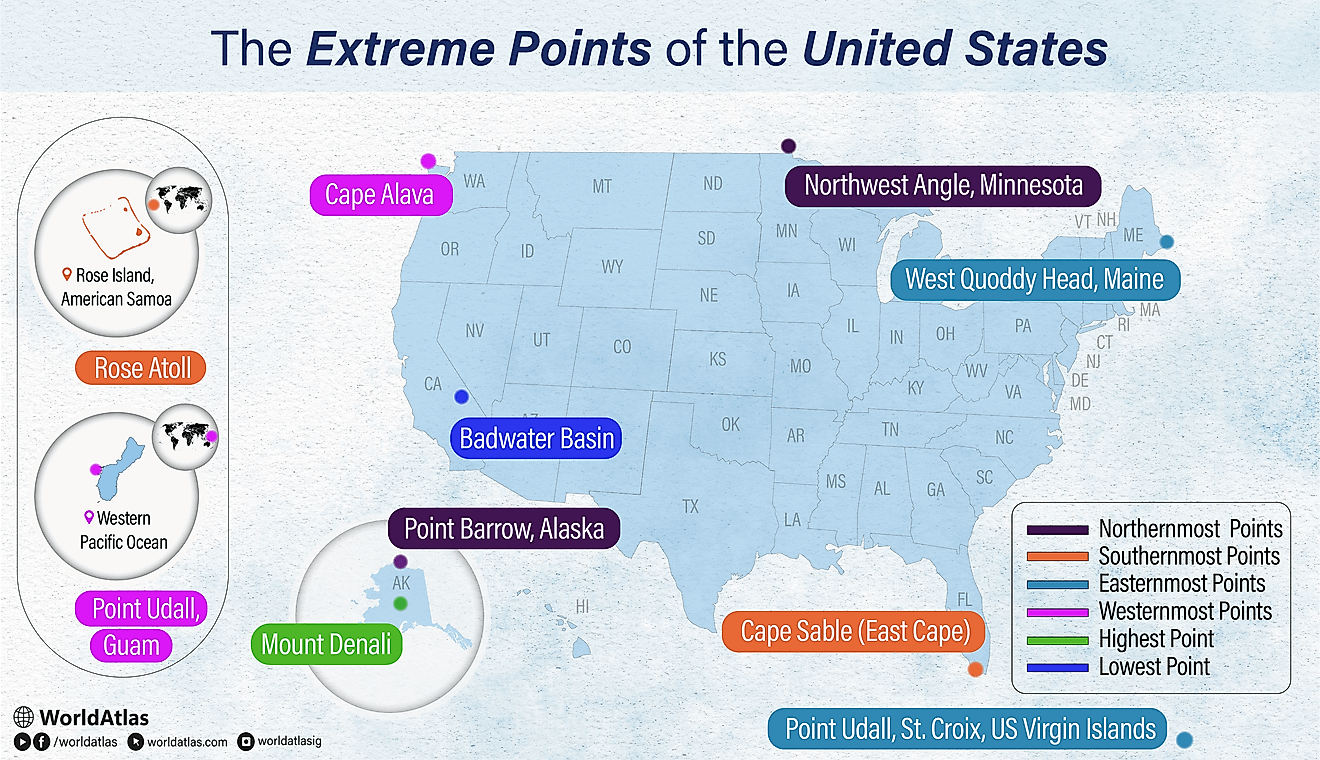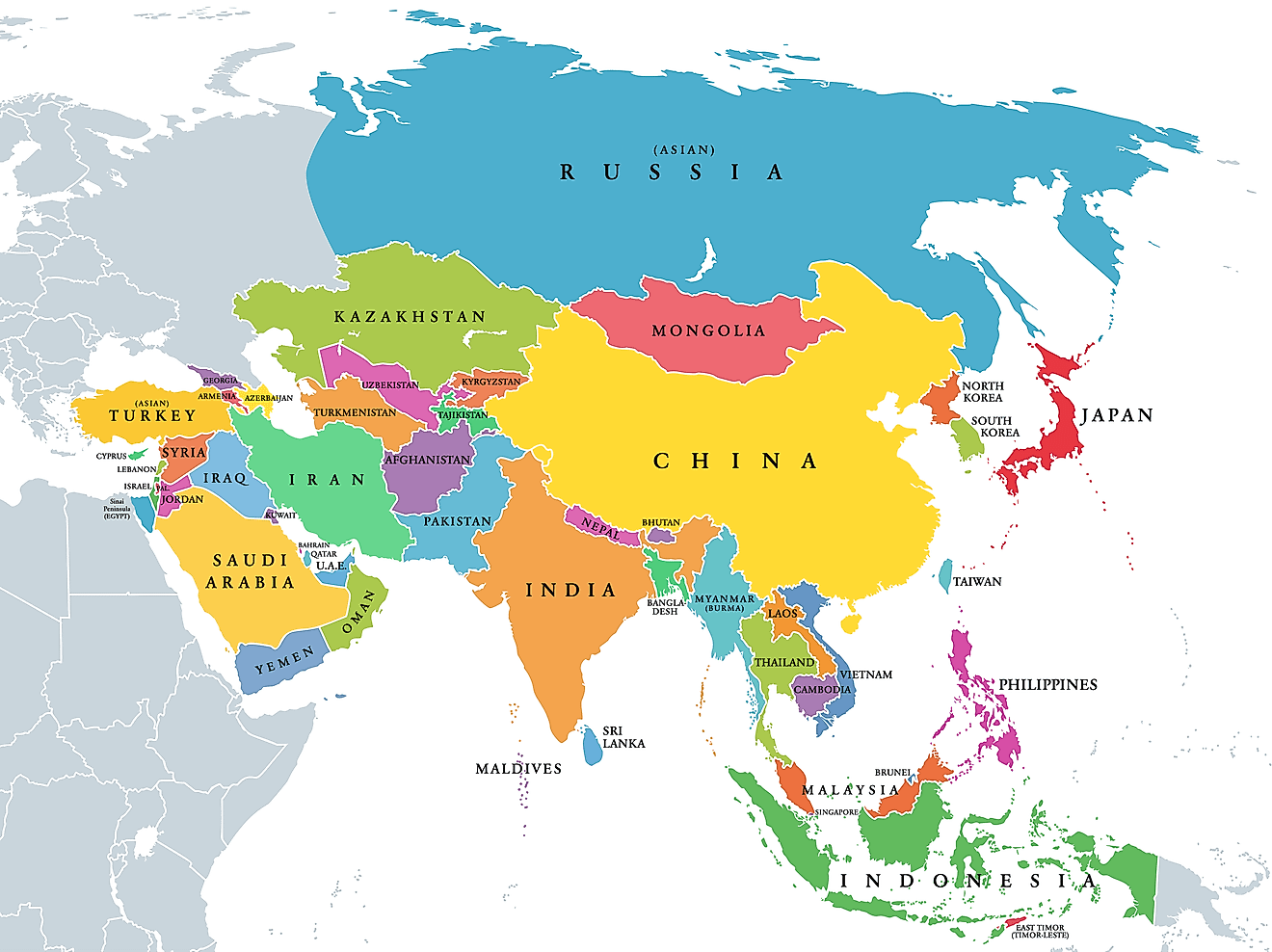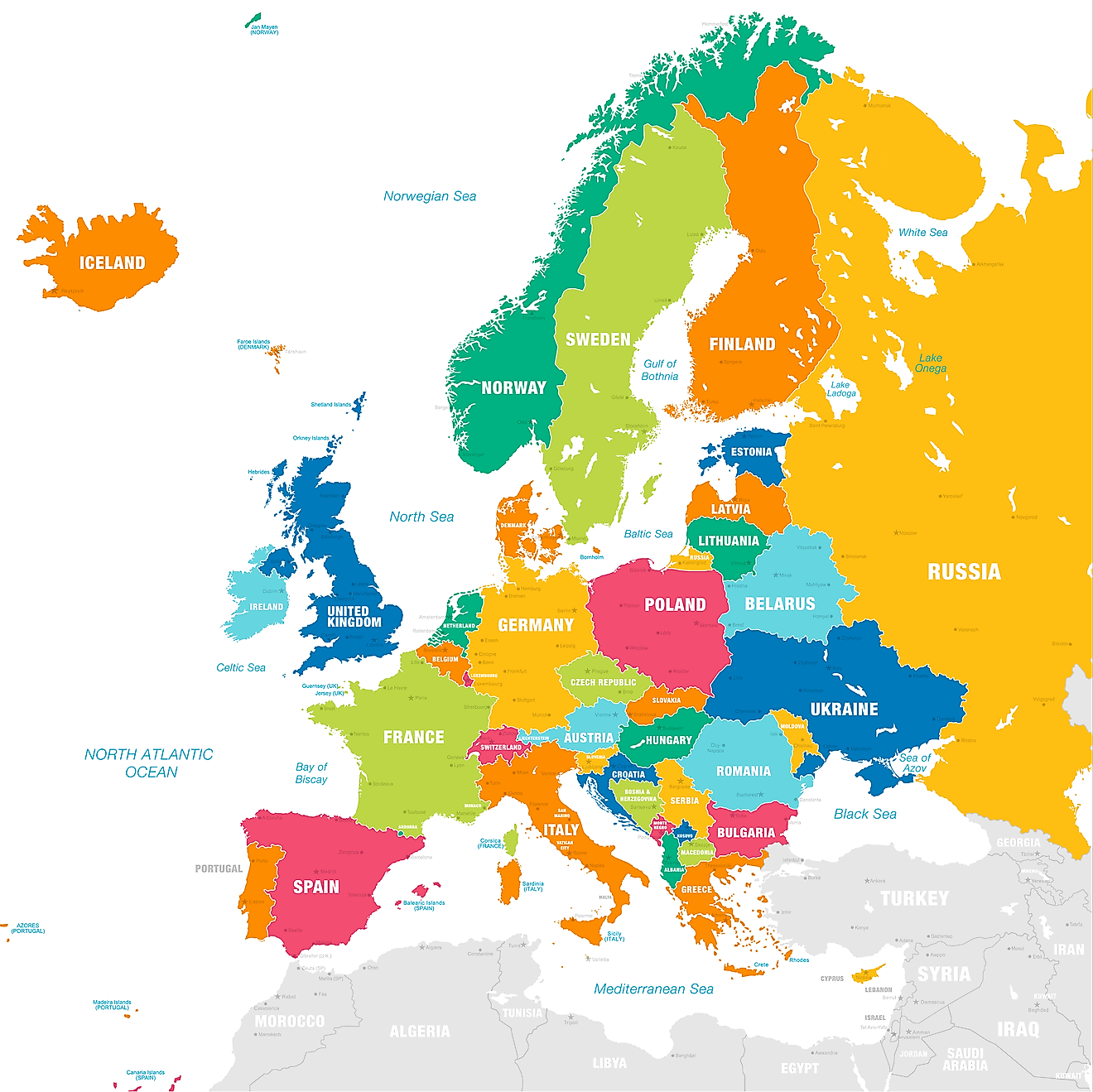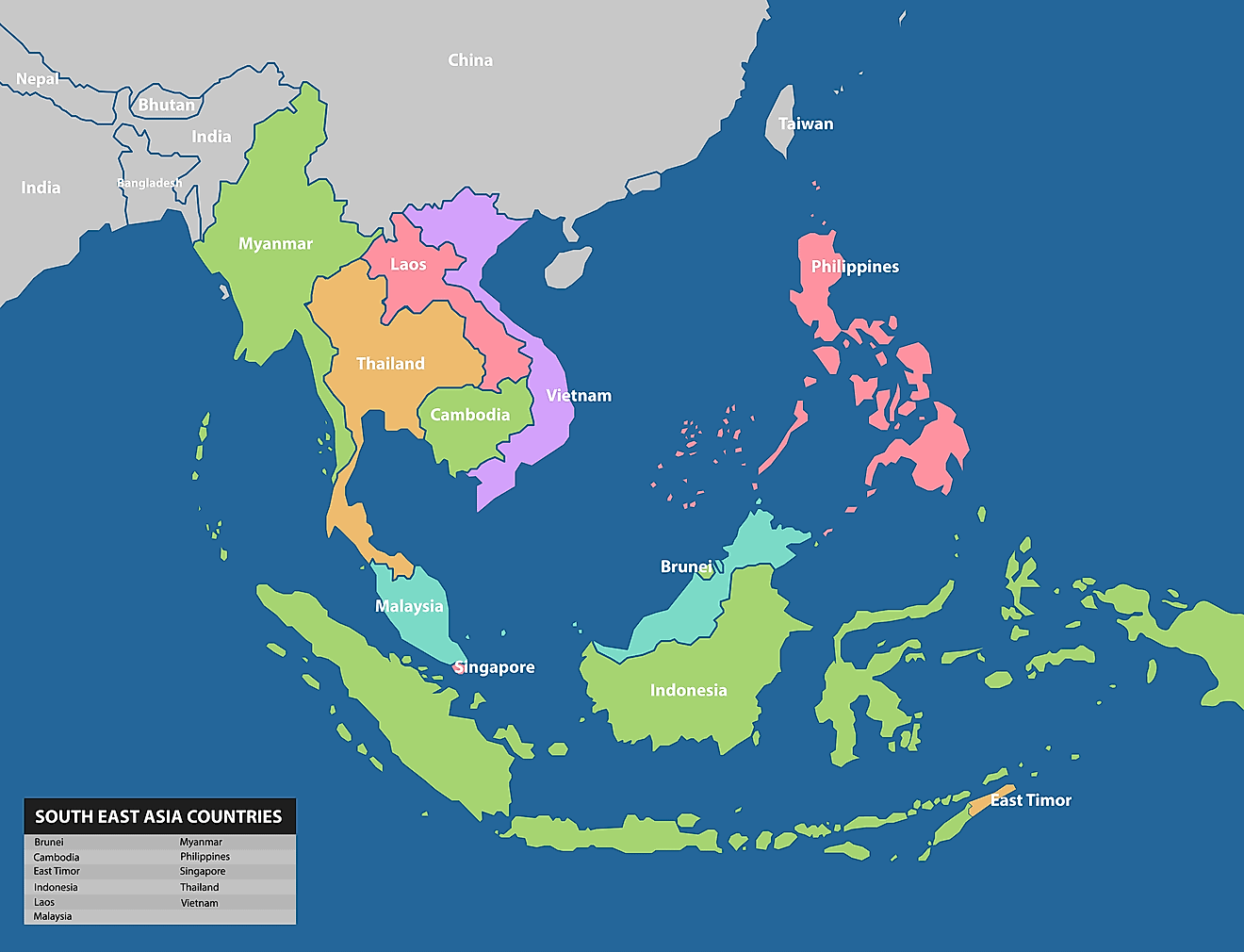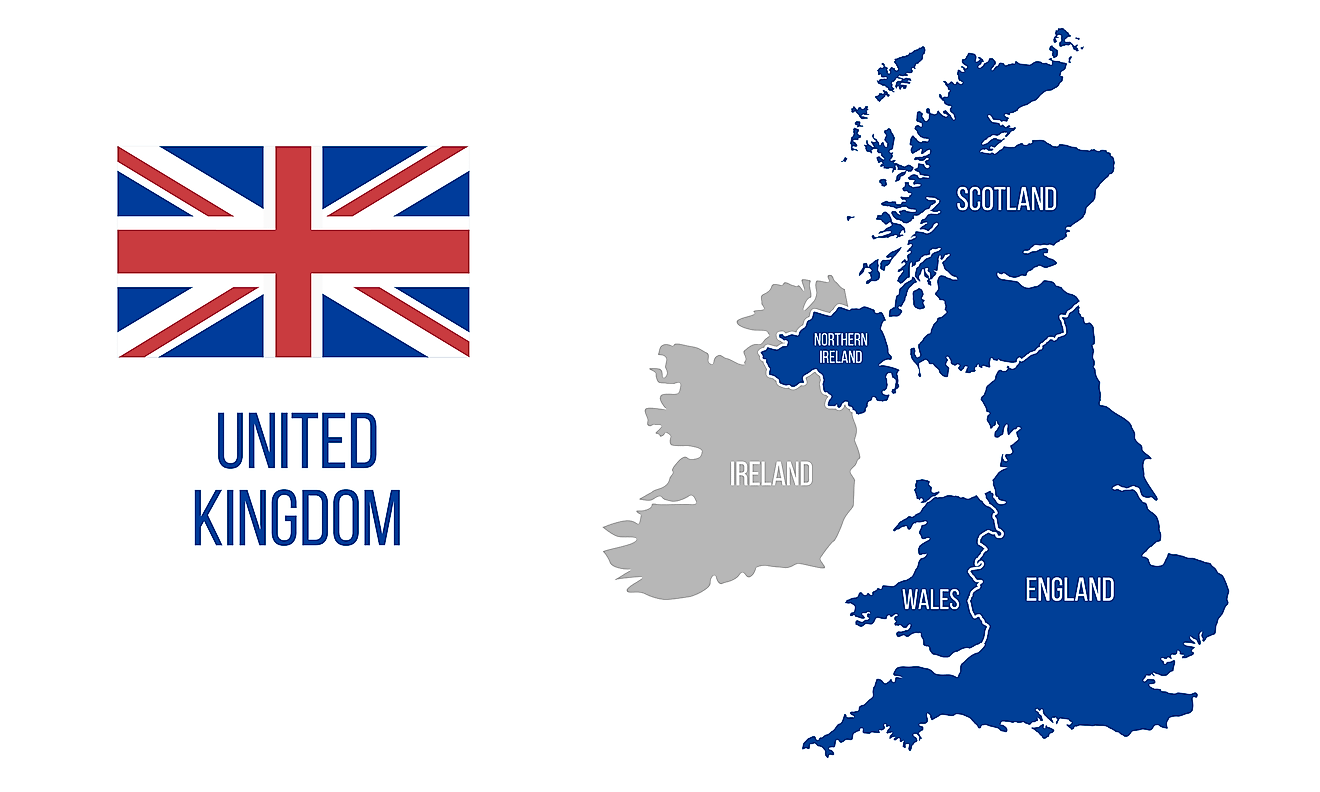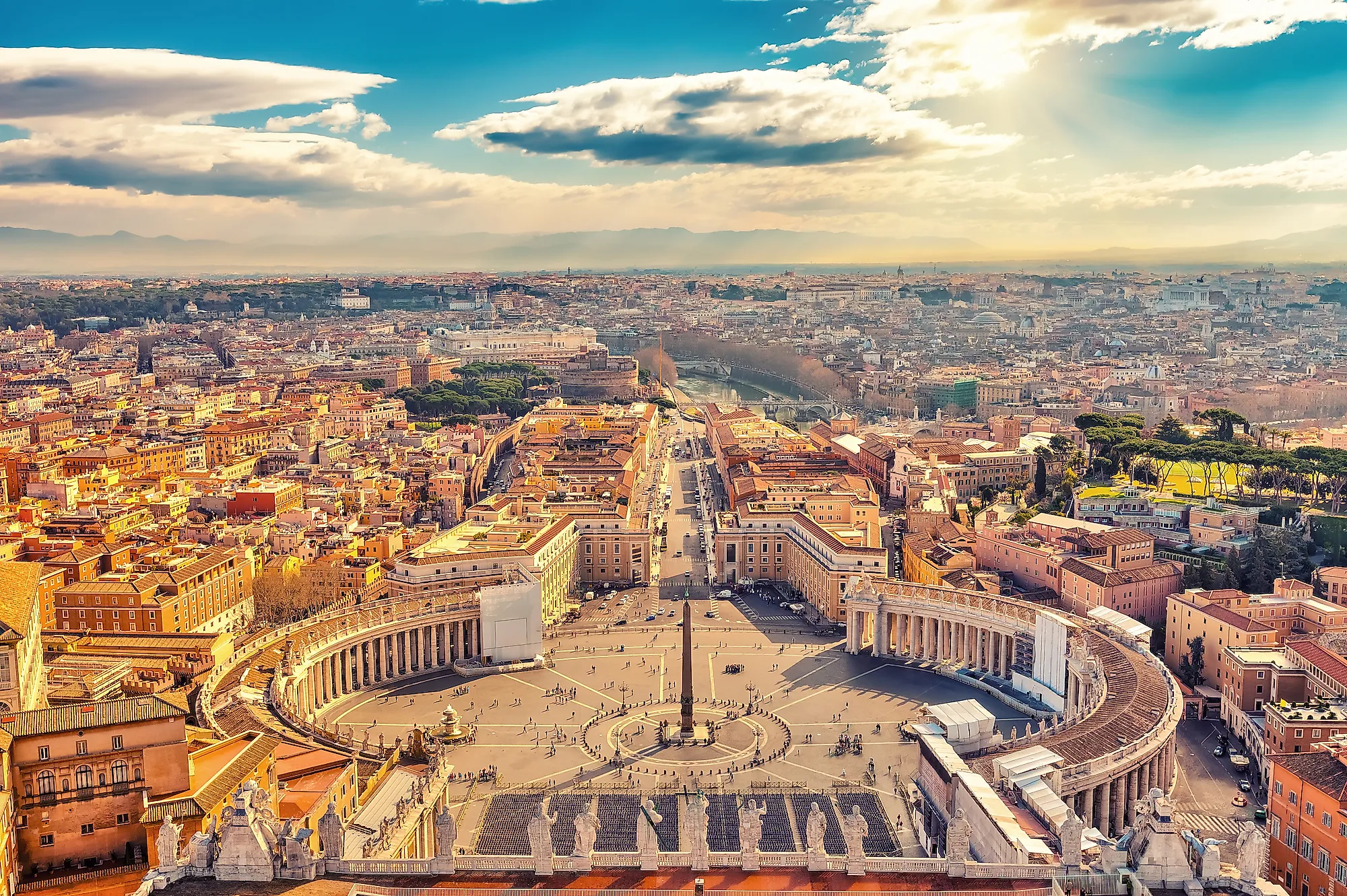
What is the Difference Between the Vatican City and the Holy See?
- The Vatican City is the Smallest Country in the world with a population of about 1,000 people.
- Holy See is the administrative body of the worldwide Catholic Church
- The Pope is the head of both Vatican City and Holy See
- The Holy See is administered by Roman Curia
Many people mistakenly use “Vatican City” and “Holy See” as if they were the same thing. The confusion is understandable, since Vatican City is the territory where the Pope lives and serves as the home of the Roman Catholic Church’s central government. It is also true that the Pope leads both the Holy See and Vatican City. However, the two terms refer to different entities and should not be used interchangeably. This article explains what each one means and clarifies the key distinctions between the Holy See and Vatican City.
Vatican City Is A City-State (Geographical Region)
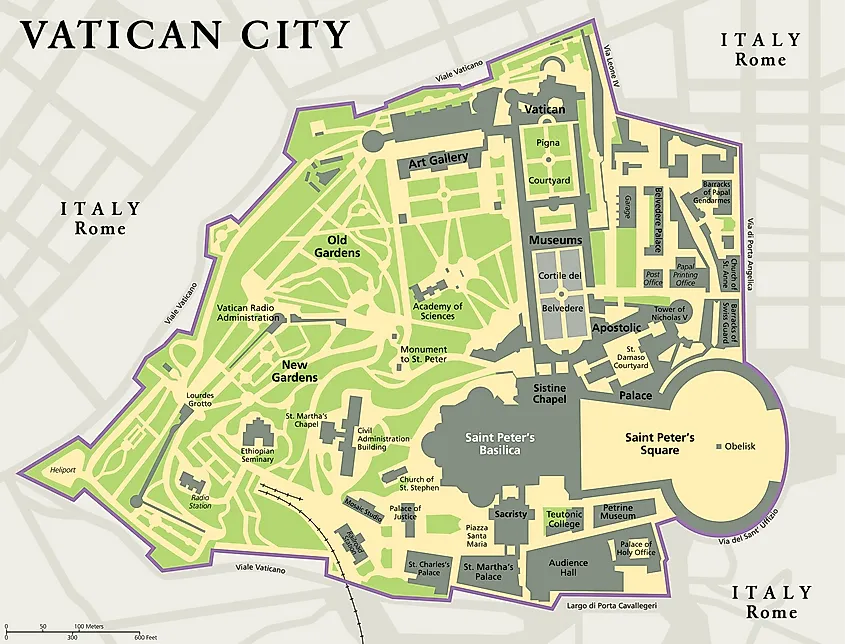
The Catholic Church occupies a unique position in world affairs due to its global religious role and longstanding diplomatic presence. The Pope, as head of the Catholic Church, also serves as the sovereign of the Vatican City State and the leader of the Holy See.
Vatican City is an independent city-state and the smallest internationally recognized sovereign country in the world by both population and land area. It covers about 0.17 square miles (44 hectares) and has a population of roughly 800 to 1,000 residents. While completely surrounded by the city of Rome, Vatican City is a distinct legal and territorial entity with full sovereignty.

Vatican City was established in 1929 with the signing of the Lateran Treaty between the Holy See and the Kingdom of Italy, represented by Pope Pius XI and Italian Prime Minister Benito Mussolini. This agreement recognized the Holy See’s independence and granted Vatican City sovereign status. Vatican City is a sacerdotal or ecclesiastical state, meaning its head of state—the Pope—is also the spiritual leader of the Catholic Church. The current Pope, Pope Francis, resides in Vatican City and governs both the Holy See and the Vatican City State. At the heart of the territory is the Apostolic Palace, the Pope’s official residence and administrative center.
Vatican City contains several important sites, including the Vatican Gardens, which cover about half the territory; the Vatican Museums; and St. Peter’s Basilica, one of the largest and most significant churches in the world.
Holy See Is The Jurisdiction of the Pope (Administrative Entity)
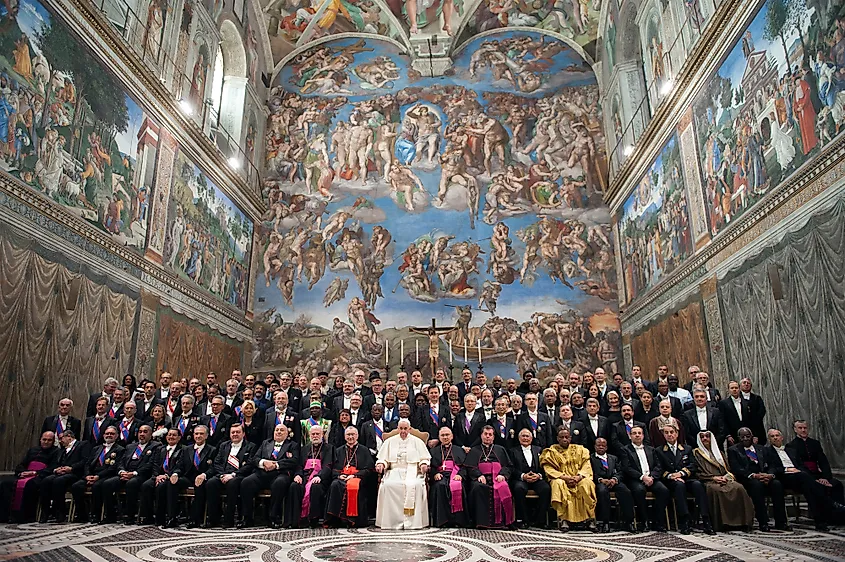
The Holy See refers to the jurisdiction of the Pope, the Bishop of Rome. It encompasses the governance of the worldwide Catholic Church, including its spiritual leadership and administrative authority, as well as its diplomatic and canonical functions. The Holy See is recognized as a sovereign entity in international law, maintains diplomatic relations with more than 180 states, and is a permanent observer at the United Nations and several other international organizations.
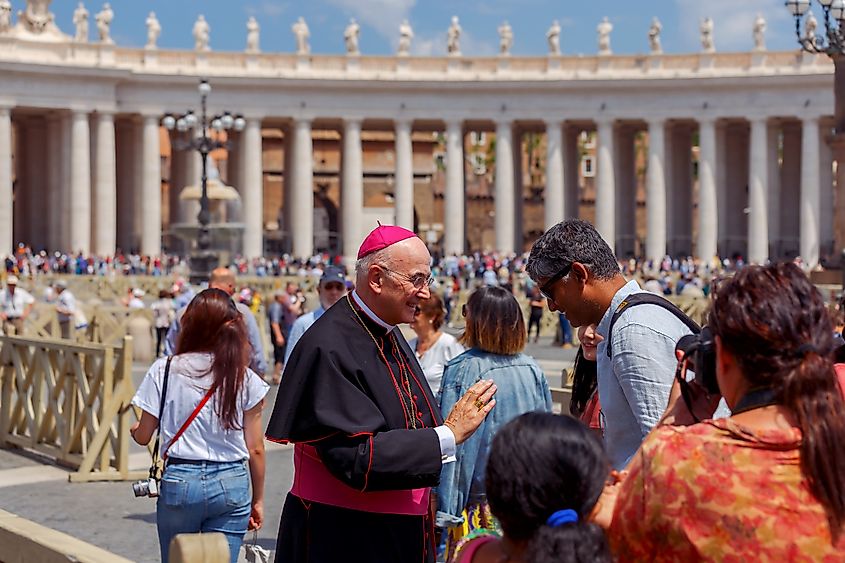
Although the Holy See is sometimes confused with Vatican City, it is not a territory or a country. Instead, it is the central governing authority of the Catholic Church and is administered through the Roman Curia, the Church’s administrative apparatus. Through the Curia, the Pope oversees Church affairs worldwide. The Curia includes bodies such as the Secretariat of State, various dicasteries (formerly called congregations and councils), tribunals, and other offices. While the Holy See operates from Vatican City, not all Curial offices are physically located within its territory.
Unlike Vatican City, which was established as an independent state in 1929 under the Lateran Treaty, the Holy See traces its origins to the early Christian community founded in Rome in the first century, traditionally associated with the apostles Peter and Paul. The Church later became the official religion of the Roman Empire in 380 CE under Emperor Theodosius I. The Holy See predates Vatican City by many centuries and remains the entity that holds international diplomatic personality.
Summary
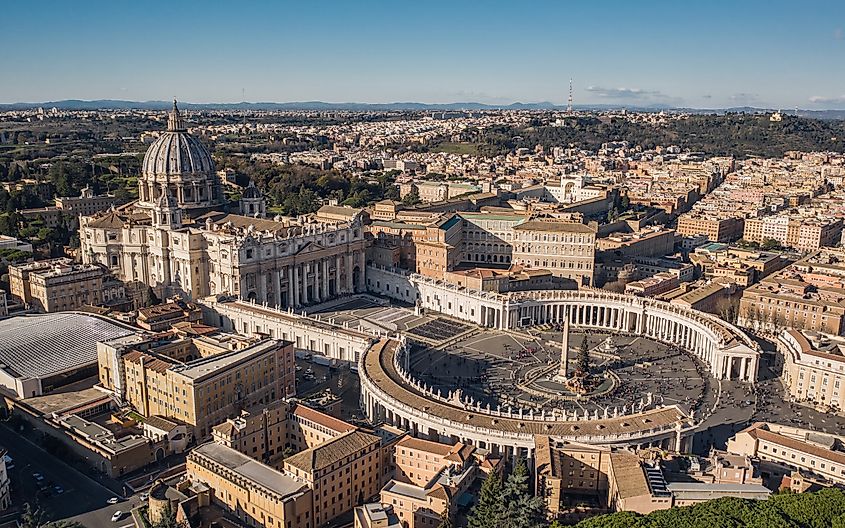
Although the terms are often confused, Vatican City and the Holy See refer to two different things. Vatican City is a physical, sovereign city-state— the smallest country in the world— and serves as the Pope’s territorial base. By contrast, the Holy See is not a territory but the central governing authority of the Catholic Church, with the Pope as its leader. It represents the Church in international relations and oversees its global operations. In simple terms, Vatican City is the country, while the Holy See is the institution that governs the Catholic Church, headquartered within that country but extending its authority worldwide.
